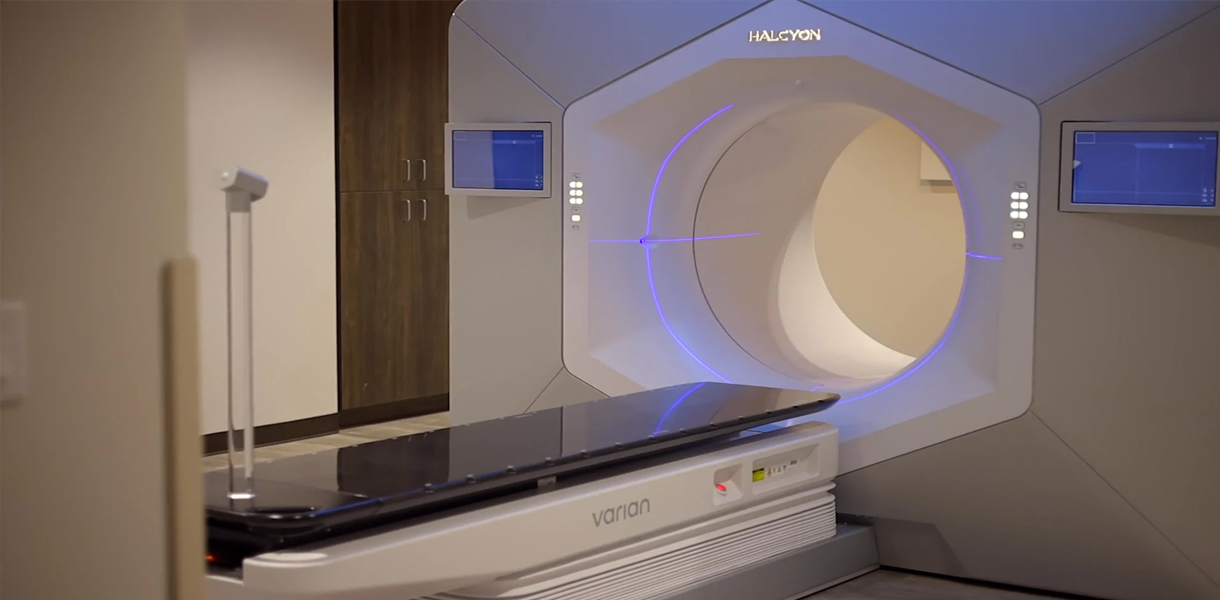Radiation Oncology
Radiotherapy involves using carefully selected doses of ionising radiation to damage the DNA of cancer cells. The DNA controls how they divide. Radiation causes the tumour to shrink and, in some cases, die. Radiation therapy has been used since the 1890s to treat almost all types of cancer.
Types of Radiation Therapy
Depending on the type and location of cancer, radiation oncologists use two types of radiation therapy, alone or in combination: external, also known as teletherapy, and internal, or brachytherapy.
Treatment Planning Process
After simulation, details are reviewed at by the medical dosimetrists and physicists (members of your radiation team). They determine the exact dose and course of treatment with the goal of killing the cancer while limiting damage to healthy tissue. They use treatment planning software to assist them design the best possible treatment plan. The dosimetrist and physicist work closely with your radiation oncologist to create your treatment plan. This can take up to a week or more.
Simulation
- If radiation treatment is recommended, the next step is treatment planning in order to develop the safest and most effective personalised treatment plan for your unique cancer.
- This planning process is referred to as “simulation” because it simulates the treatment position and allows for the acquisition of your unique anatomy to be used for treatment planning, but no radiation treatment is administered at this time.
- During simulation, your radiation oncologist and radiation therapists will place you on the CT scanner in the exact position you will be in during the actual treatment. Certain measurements may be taken, and once the correct position is determined the radiation therapist may place permanent ink tattoos on your skin. When needed, these marks ensure that radiation treatment will be accurate and reproducible each day you come to the cancer centre.
- Sometimes, “immobilisation” and “positioning” devices may be required, including moulds, casts, headrests or other devices to assist you in remaining appropriately positioned during the treatment.
- After your simulation, you will be given an appointment card with the time and date of your first appointment for treatment. If your preffered time isn't available initially, we will do our best to accomodate your request once it becomes available.




